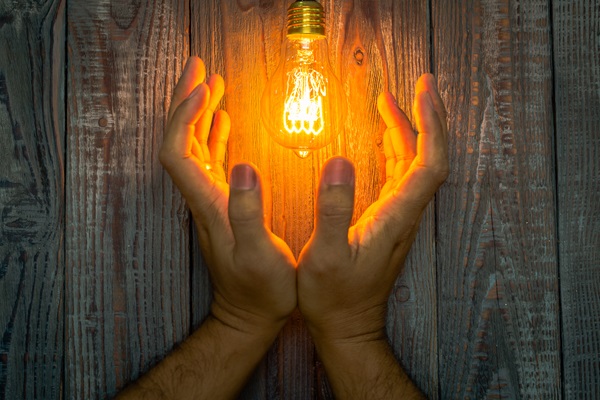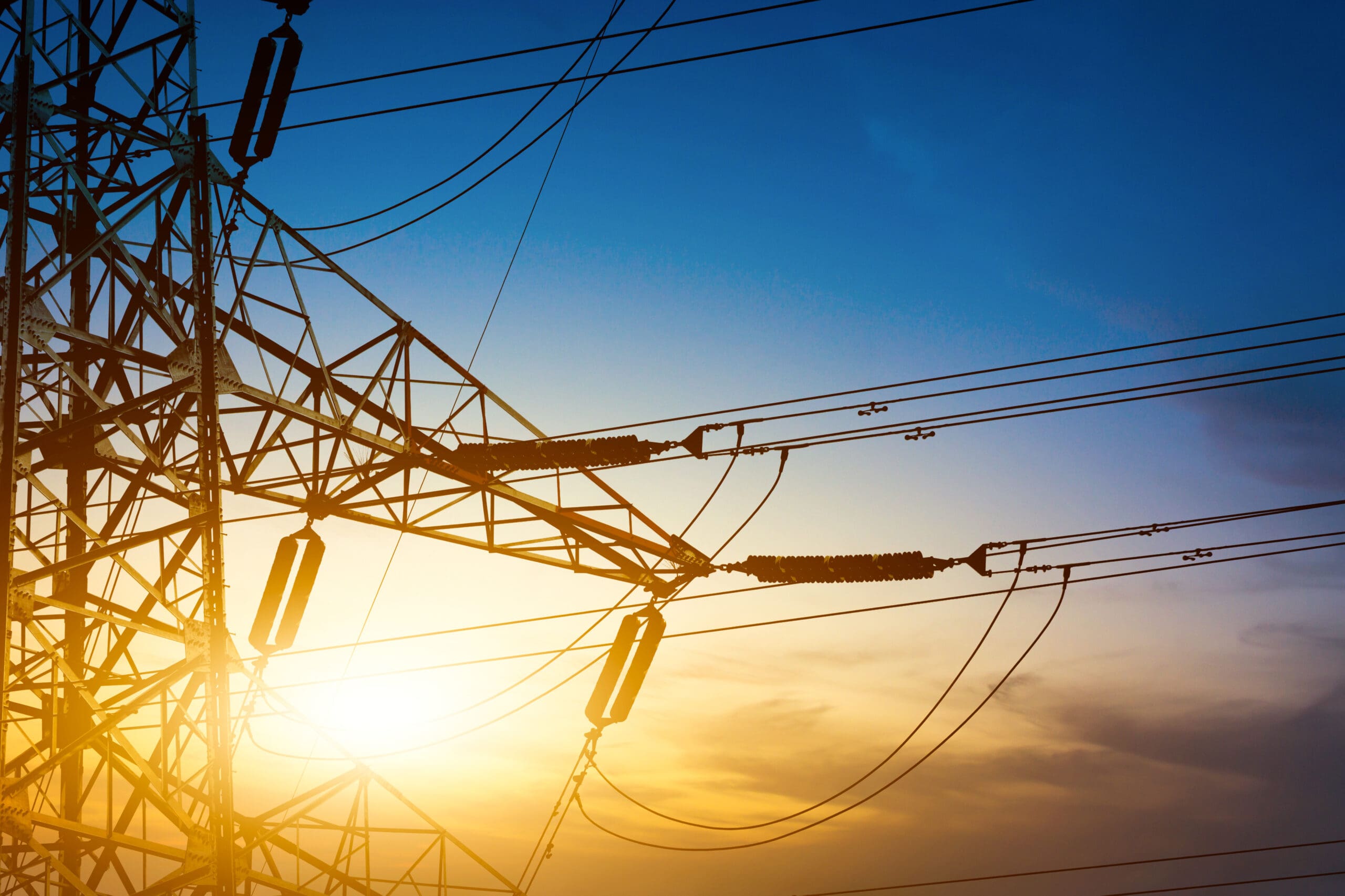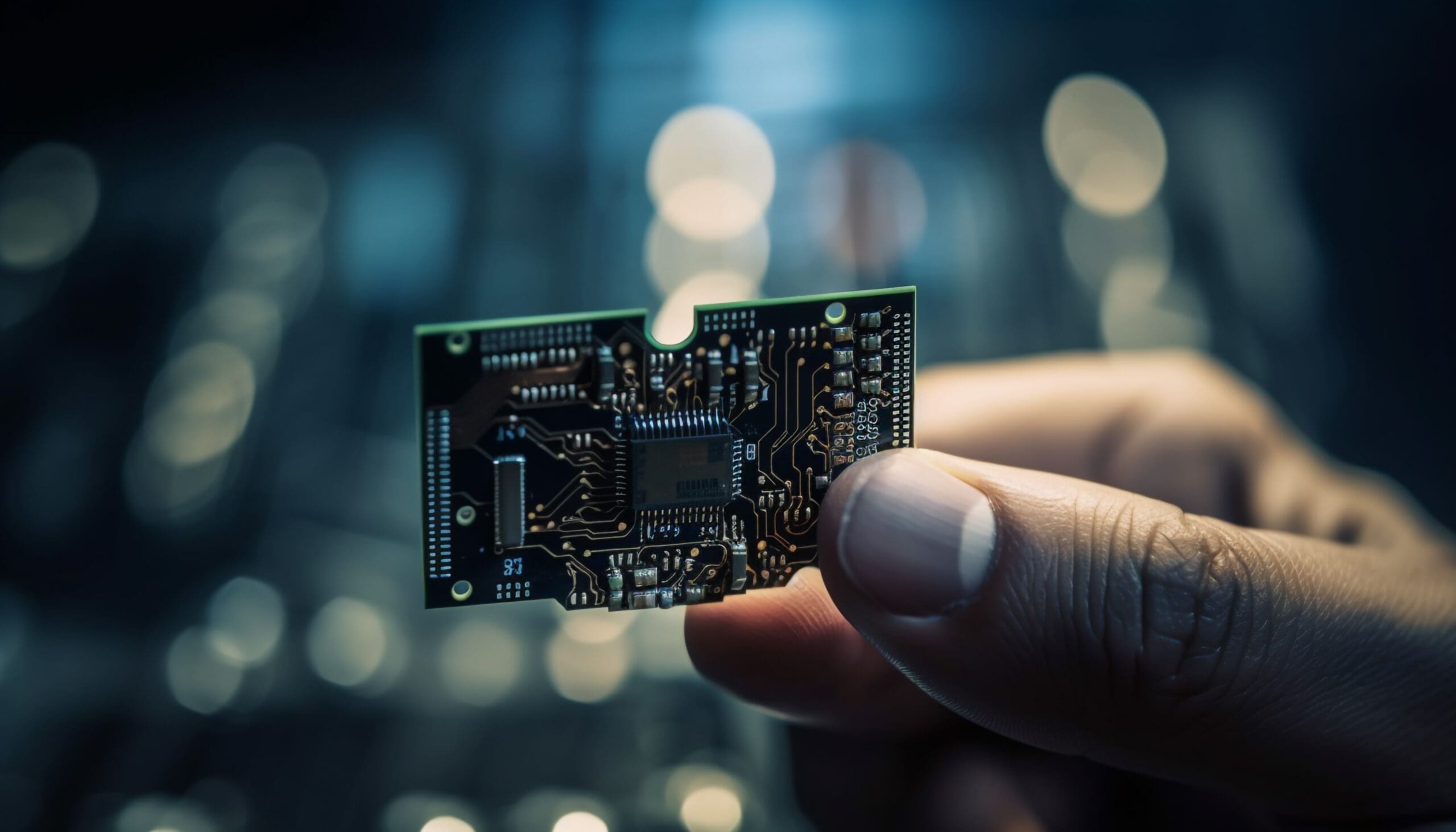In this article we are going to explain what electrical energy is and what it is for. Also the types, examples and disadvantages.
What is electrical energy?
La electrical power It is the form of energy associated with the movement of electrons along a conductor. It is a form of kinetic energy that results from the flow of electrical charge. This energy is generated by converting other forms of energy, such as mechanical, chemical, solar or thermal, into electricity.
To measure electrical energy we will measure it in watt-hours (Wh) or joules (J). A watt-hour represents the amount of energy consumed or generated by an electrical device operating at a power of one watt for one hour.
Electrical energy is essential to many aspects of modern life, powering a variety of devices and systems, from household appliances to industrial infrastructure and electrical supply networks. Its versatility and ability to be transported over long distances make it essential in most everyday activities and in most industries.
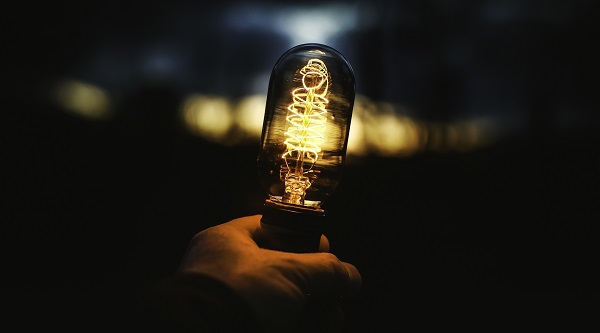
How is electrical energy produced?
Electrical energy can be produced in several ways, using different primary energy sources. Here are some of the examples:
- Coal: Burning coal produces heat that is used to heat water and generate steam. The steam drives turbines connected to generators that convert mechanical energy into electricity.
- Natural gas: Similar to coal, burning natural gas produces heat to generate steam and drive turbines.
- Nuclear energy: In nuclear power plants, energy is released through nuclear reactions. These reactions generate heat, which is used to produce steam and, in turn, generate electricity similar to the process in coal or gas plants.
- Hydroelectric power: The energy of moving water is used to spin turbines connected to generators.
- Wind power: The kinetic energy of the wind spins the blades of a wind turbine, which in turn drives a generator to produce electricity.
- Solar energy: Sunlight is directly converted into electricity by photovoltaic cells in solar panels.
- Geothermal energy: The Earth's internal heat is used to produce steam and drive turbines connected to generators.
- Biomass: Organic waste, such as wood, agricultural waste or municipal solid waste, is burned or processed to generate heat which, in turn, is used to produce electricity.
- Cogeneration: The simultaneous production of electricity and useful heat from the same energy source.
- Microturbines: Small turbines that can be used to generate electricity, often in combination with heating or cooling systems.
These are some examples of how electrical energy is produced.
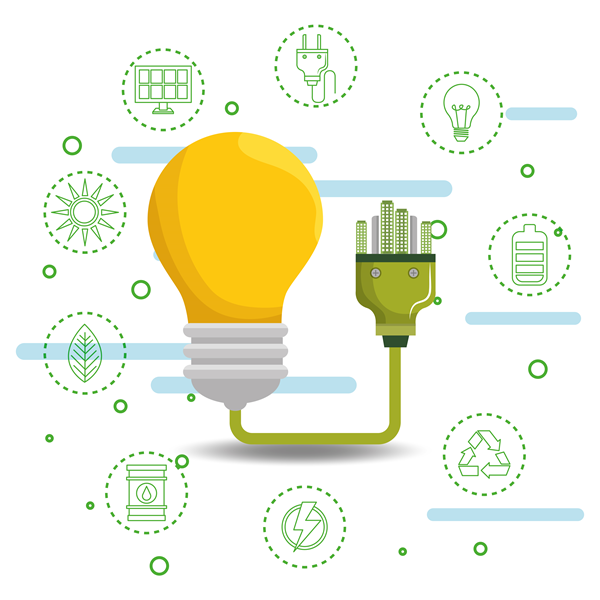
Types of Electrical Energy
- Static Energy (Electrostatic): It is the energy associated with electrical charges at rest. Electrostatics studies phenomena such as the attraction and repulsion of electrical charges without movement. Energy stored in systems of electrical charges at rest can be released in the form of work when the charges move.
- Dynamic Energy (Electrodynamics): It is associated with moving electric charges or electric current. Electrodynamics deals with the study of electric current and its effects, such as the generation of energy in electrical circuits. In this context, energy is released and work is done when electrons move through a conductor.
- Electromagnetic Energy: It is a form of energy that spreads in the form of electromagnetic waves. These waves include visible light, microwaves, radio waves, and other forms of electromagnetic radiation. Electrical power generation often involves the conversion of mechanical energy (for example, in wind or hydroelectric generators) into electrical energy and ultimately into electromagnetic energy when transmitted or used.
Examples of Electric Power
Here are some examples of how electrical energy is used in our daily lives:
- Home Lighting: Light bulbs and lamps use electrical energy to generate light and illuminate spaces in homes, offices and other environments.
- Home appliances: Most appliances, such as refrigerators, washing machines, dryers, stoves, microwave ovens, vacuum cleaners, among others, run on electricity.
- Electronics devices: Mobile phones, tablets, computers, televisions and other electronic devices consume electrical energy to operate.
- Entertainment Systems: Stereos, DVD players, video game consoles and other home entertainment systems run on electricity.
- Electric Vehicle Charging: Electric vehicles are charged using electrical energy stored in batteries.
- Electric Public Transport: Some public transportation systems, such as trains and buses, use electric motors for propulsion.
- Computers and Networks: Servers, routers, personal computers, and other network devices depend on electrical power.
- Air Conditioning Systems: Electric air conditioners and heating systems use energy to regulate the temperature in homes and buildings.
- Public Lighting: Streetlights and lighting systems in streets and public spaces run on electricity.
- Medical equipments: Medical equipment such as MRIs, X-ray machines, and patient monitors depend on electrical power.
These are some examples of how we use electrical energy in our daily lives, either manually or through an electronic device.
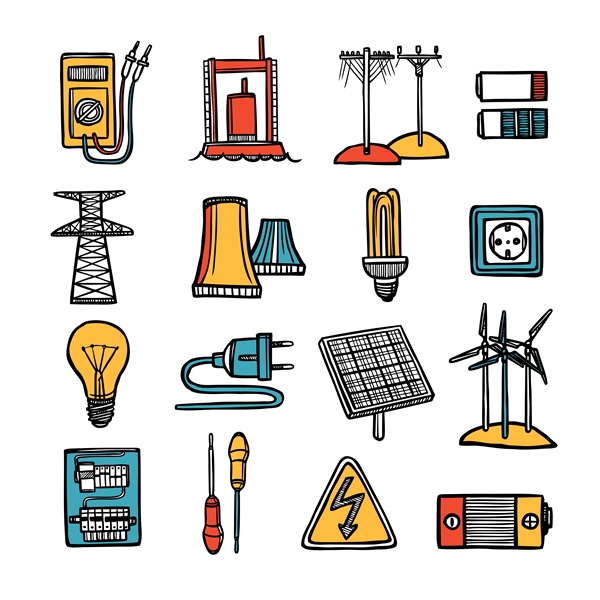
Disadvantages of Electric Energy
Electrical energy is essential in life and offers numerous benefits in our daily lives, it also has its disadvantages:
Polluting Electricity Generation
Electricity generation can involve burning fossil fuels such as coal, oil, and natural gas. This process can release greenhouse gases and other air pollutants, contributing to climate change and affecting air quality.
Environmental Impact of Hydroelectric Dams
Although hydropower is a renewable energy source, building dams to generate electricity can have significant environmental impacts, such as altering river ecosystems and relocating local communities.
Problems with Nuclear Waste
Nuclear power generation produces radioactive nuclear waste that must be managed safely. Proper storage and disposal of this waste are significant challenges and can pose long-term risks to the environment.
Consumption of Non-Renewable Resources
The extraction of non-renewable resources, such as minerals for the manufacture of batteries or the production of electronic components, can have negative environmental impacts and contribute to the depletion of natural resources.
Risks of Nuclear Accidents
Although nuclear accidents are extremely rare, when they occur, they can have serious consequences for human health and the environment. Nuclear safety is a critical aspect of nuclear power generation.
Dependence on Imported Resources
In some places, dependence on imported fossil fuels for electricity generation can make countries vulnerable to fluctuations in international prices and supply disruptions.
Challenges in Demand Management
Electricity demand can vary significantly throughout the day and in different seasons. Efficiently managing this variability can be challenging, especially with the increasing integration of intermittent renewable energy sources, such as solar and wind.
Expensive Infrastructure Need
The construction and maintenance of infrastructure for the generation, transmission and distribution of electricity can be expensive. Additionally, expanding power grid capacity may require significant investments.
It is very important to address these disadvantages with research and adoption of cleaner and more sustainable technologies as well as efficient management practices. The transition towards a more sustainable energy matrix is a key objective to mitigate the negative impacts associated with electricity generation.
We hope you liked the article about Electrical Energy, if you have any questions you can contact us through our contact form, we will be happy to answer you.


